
Set across three very different timelines, but more importantly two very distinct and affecting Acts, this story of Mark Brandon “Chopper” Read begins with a telling “This film is a dramatisation in which narrative liberties have been taken. It is not a biography” but is based on the now best selling books written in prison by Read. Having not read any of his books I can only base an opinion upon the film itself, and what a film it is. At only 94 minutes in length and with the film’s two predominant Acts being so alarmingly effective and engaging even on repeated watch, the film really tears through its running time. Beginning and ending with a loop of the same interview, it’s particularly interesting watching this back to back, watching the beginning again after the end of the film if you will, as the strange narcissism of “Chopper” (Eric Bana) is put into sharper context. His character (as I’ll briefly outline below) is anything and everything, but the narcissism as depicted towards the end of the film is particularly striking.
The timelines of 1978, 1986 and 1991 are twisted but not so as to disorientate you, more a reference to Chopper’s growing notoriety and the release of his book(s) but the timelines are very distinct from each other yet share many common themes. 1978 and prison life is shot through a tinge of blue/green, desaturated of colour especially within the cells or common areas, the colour change is clearly visible when in the presence of Prison Guards, in their Quarters or outside of the prison. This is rare however as that timeline year is almost exclusively shot within the desaturated coloured walls of the prison. The prison uniform too is blue/green with an argument to be made that the prisoners themselves melt into the uniformity that surrounds them. The other key timeline year is 1986 and an all together brighter coloured, louder environment than that of 1978. Different settings such as night clubs, bars and houses are brilliantly depicted (Geoffrey Hall and Kevin Hayward deserve cinematography credit here) as does Paddy Reardon for Production Design. 1986 is also the only timeline whereby you as the audience are outside of the prison, however the unremitting violence, air of malcontent and anxiety remains regardless of the setting. The violence itself is in sporadic bursts of gratuitous, full on anger, bloody, and one particular early scene is particularly graphic and upsetting. Away from the violence, there is a constant pervading air of building anger which subsides, but quickly replaced again and this pattern continues throughout the film. It simply never relents.
Although a relatively small cast list, there are several stand out performances. Chopper’s two closest friends are “Jimmy” (Simon Lyndon) and “Bluey” (Dan Wylie) and their screen time together perfectly depicting the madness that prevails inside a prison. Jimmy is the more dominant of the friends, however it’s Bluey’s ticks and nervousness that shines and brilliantly played by Wylie. David Field is excellent as the quirky “Keithy George”, as is Kate Beahan as “Tanya”. Her scenes with Chopper are particularly affecting, but more of that below. The final stand out performance is Vince Colosimo as “Neville Bartos” a fellow ex convict friend of Chopper’s, his portrayal is a subtle mirror to that of Chopper’s in many ways and a key narrative strand throughout. All of these characters however pale into insignificance when compared to Chopper, and to a virtuoso performance from Eric Bana.
“Chopper” (Eric Bana) Heavily tattooed, chain smoking psychopath, Bana brilliantly depicts Chopper’s fine line between smiling, joking and convivial man with flat out psychopathic tendencies absolutely wonderfully and absolutely frightening too. As per the legend (and DVD extras) Bana spent some time with the real life “Chopper” to hone his screen portrayal of him but regardless, it truly is a sublime and virtuoso performance. The prelude to, and aftermath of, every fight/killing or shooting is a thunderous mix of hilarity, dark stares, obscenities but more importantly a deep foreboding precariously balanced from open and gregarious to menacing psychopathy. This balance is a constant throughout the film but is particularly heightened and striking around the instances of pure unadulterated violence. Chopper’s first fight in prison follows a mix of banter and jovial foreplay mixed with menace when discussing this privately with friends Jimmy and Bluey. The fight that ensues is bloody, ultra violent and graphic, as is the aftermath with his prey now soaked in blood and struggling for life. Nonchalantly lighting a cigarette, joking and smiling as he does so, he flicks the cigarette at the bloodied man, a look of menace returning, blaming the man for his own predicament and for Chopper’s own actions. This psychopathic/schizophrenic balance is always prevalent, even with those closest around him, as his love then pure hatred for his girlfriend Tanya perfectly showcases (though thankfully this is mainly off camera), his interactions with the predominantly male cast of characters though is very much graphically depicted on camera and shockingly so.
Difficult to watch at times, Chopper’s mannerisms and the air of tension that surrounds his menace is madly schizophrenic but as noted at the beginning, there is also an air of wanting to be accepted, of wanting his narcissism and his actions to be thought of as just and right, despite the awful consequences. There is a hint at (maybe more) of a dubious connection with local Police and of helping them rid the streets of gangsters and drug dealers, but it’s Bana’s performance that will shock you as you’re never able to settle whilst he is on screen. Front and centre for the majority of the film, this unsettling and pervasive air of brooding violence is difficult to watch at times, but Bana’s portrayal, whilst shocking, is mesmerising.
With very little music to speak of in the entire film the stand out “Don’t Fence Me In” from Frankie Laine over the opening credits is both apt and affecting, as is the surprisingly small amount of real life stock footage of the time. One TV interview is used, woven brilliantly into the narrative but it surprises me that more wasn’t used of the era itself. Not a classic film by any means, but certainly one that has garnered a cult following since release. The film continues to age well despite occasional passages of clunking acting and stop/start dialogue. The Director could certainly have chosen an easier “project” for his directorial debut. Bana’s portrayal is assured of that cult status and three further films (at the time of writing) have cemented the Director’s standing of producing iconic, narrative driven films.
“Chopper” can also be found within my 7 volumes of “Essential Film Reviews Collection” on Amazon with each and every volume free to read should you have a Kindle “Unlimited” package. All 9 of my self-published books can also be read for free on Kindle (but go on, treat yourself to a paperback or hardback version!) and should you watch my short Youtube video linked in the middle of this article you’ll also find links to my Patreon and Buy Me A Coffee and other ways of supporting my work as an independent writer.
"The Essential Film Reviews Collection VOL.1" - link to Amazon
Thanks for reading. I hope this message in a bottle in The Matrix finds you well, prospering, and the right way up in an upside down world.


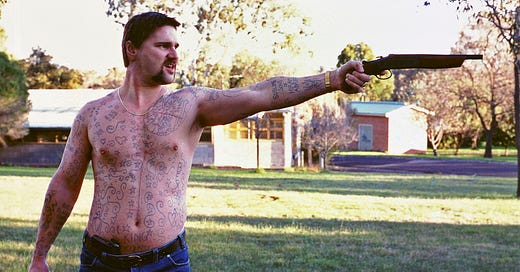


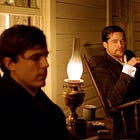

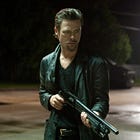
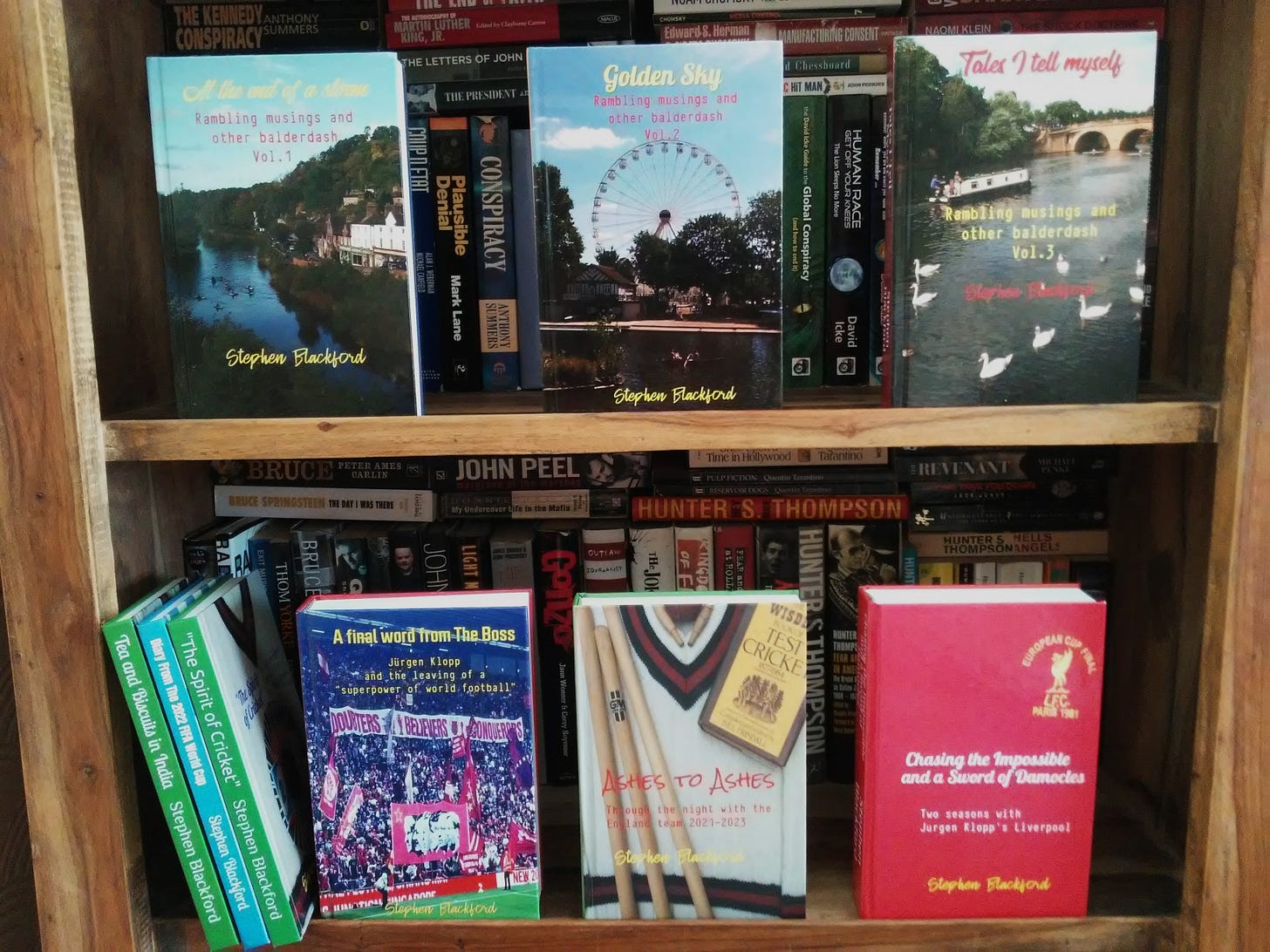
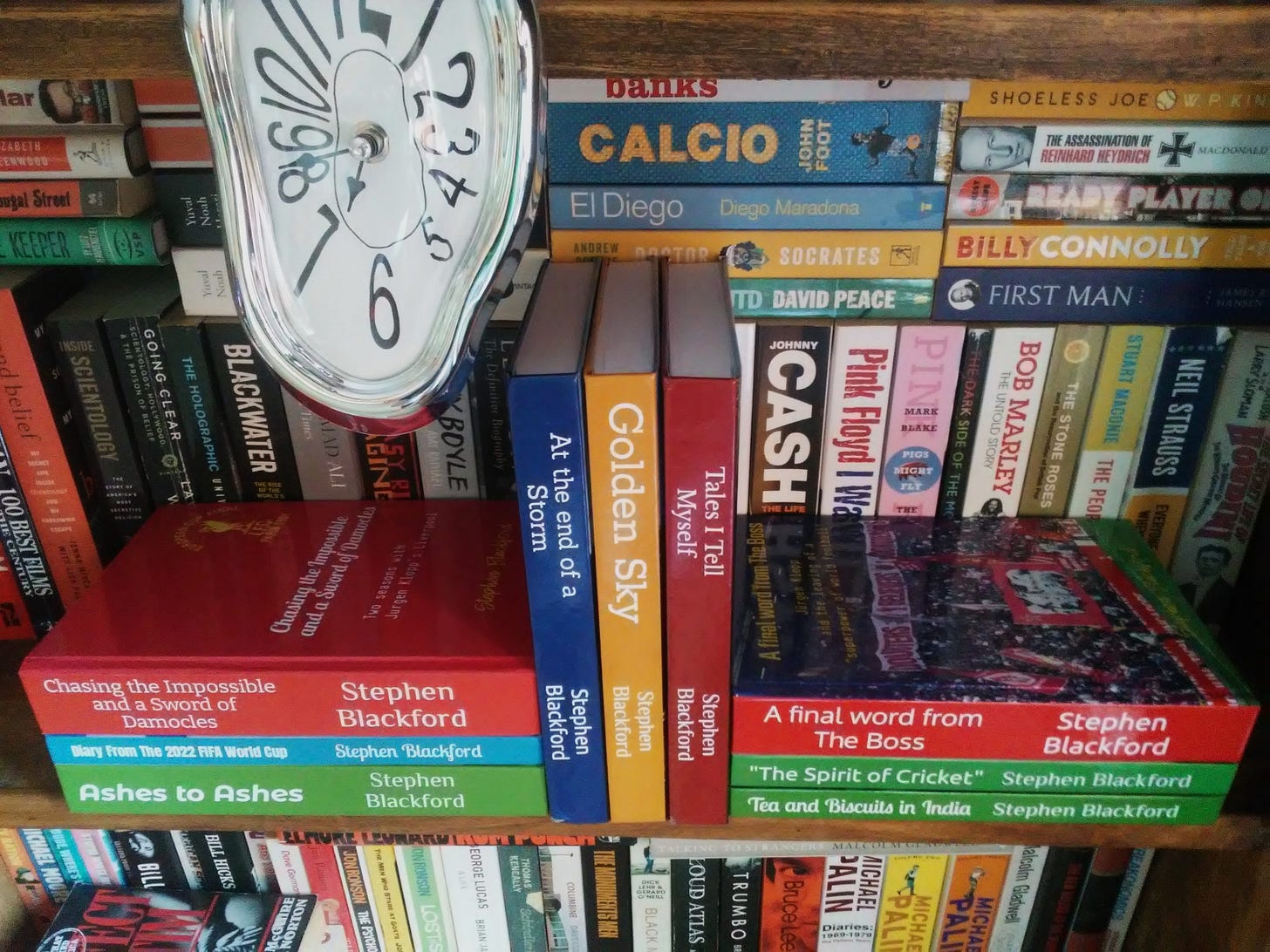
A hood named "Bluey"? Of course, that was long before that little Australian dog came on the scene, but...